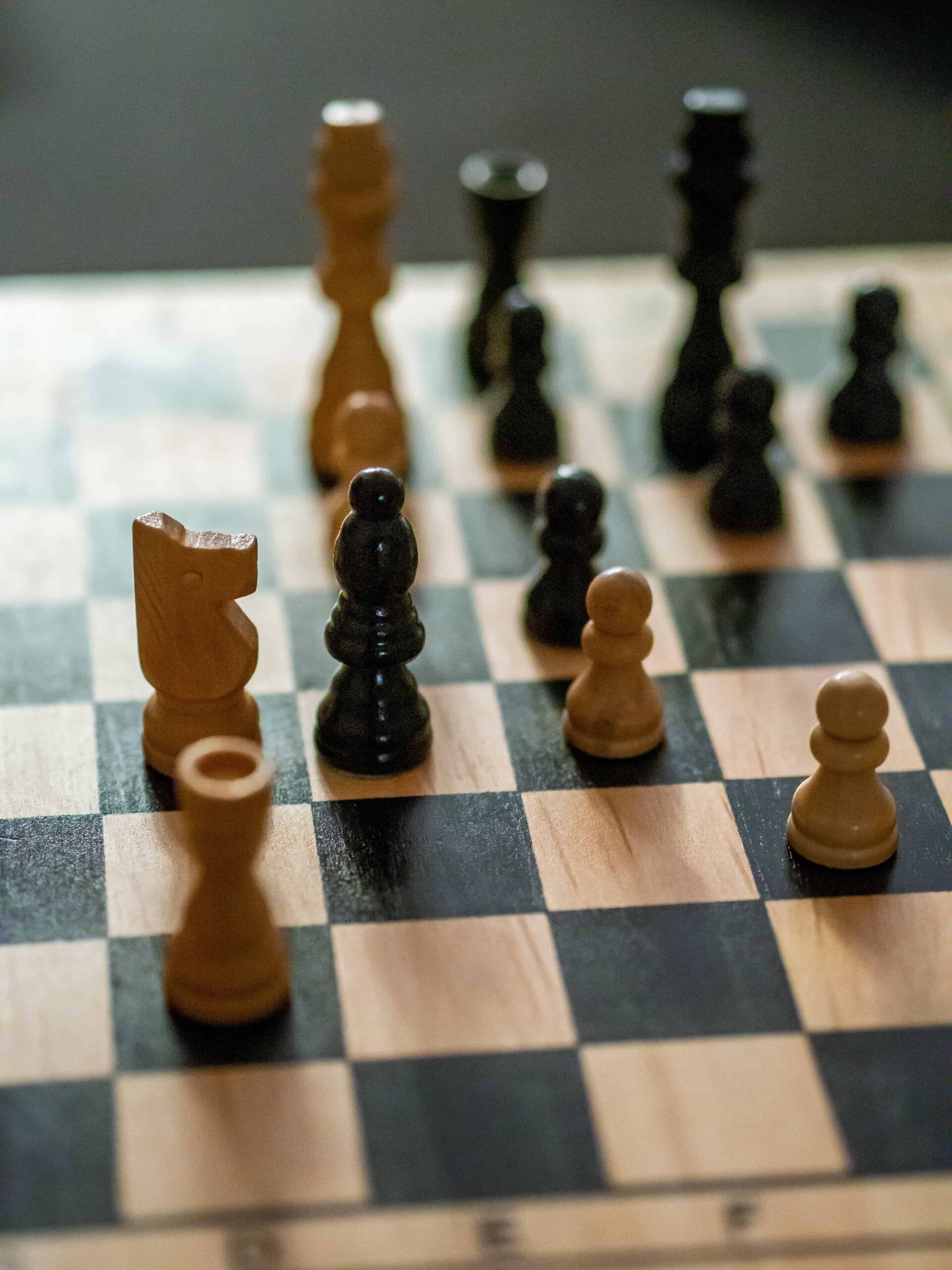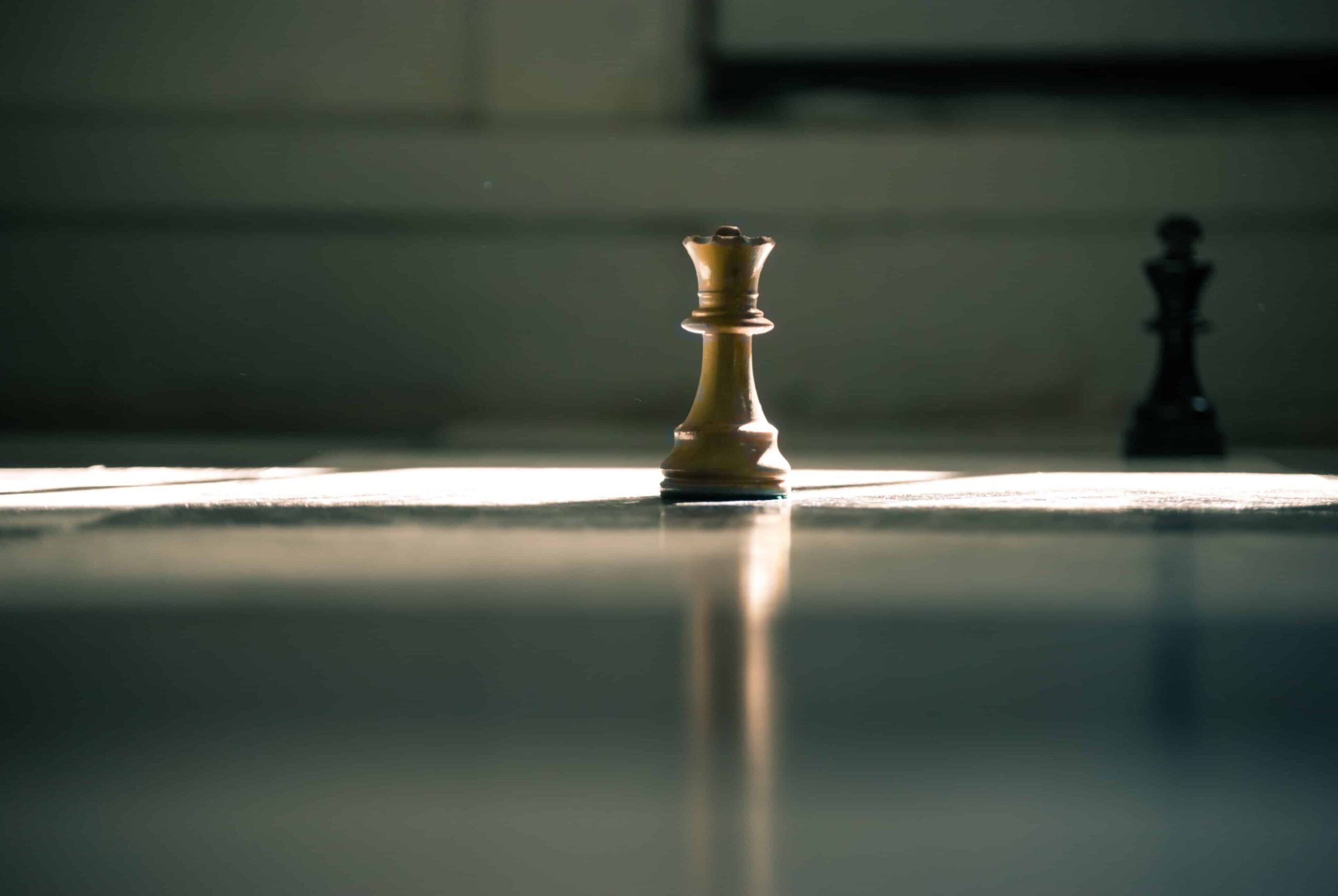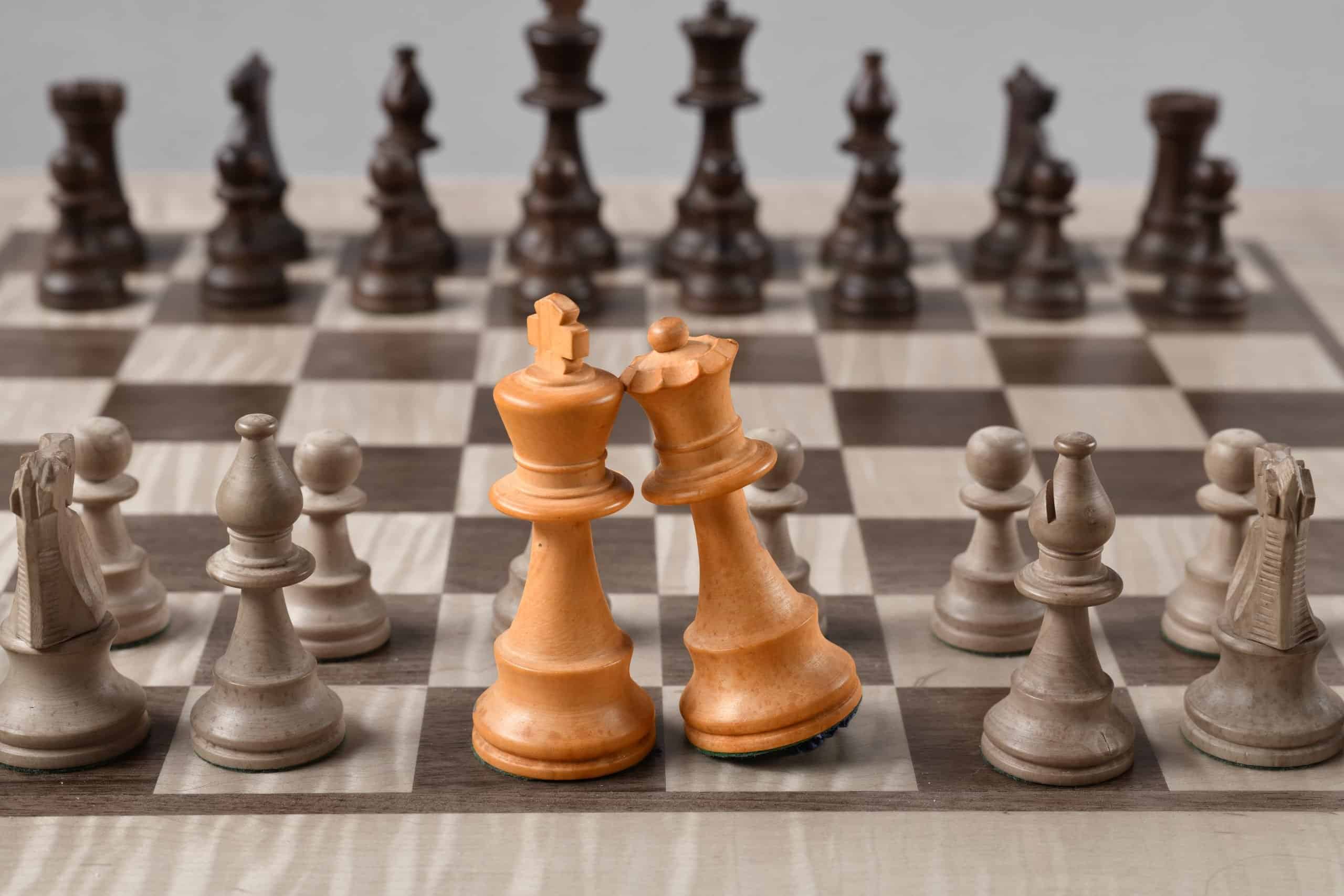How does the king move in chess? It’s a surprisingly difficult question to answer because there are so many ways to play chess. The most important rule is that the king can only make one square move at a time. The king is the most important piece in chess, and it moves in a very specific way.
The king can move a square, except for diagonally backward. But there are other rules that come into play as well, like how the king can’t move into check, or how the king can castle. Let’s take a closer look at each of these rules and see how they impact the way on the chessboard.
Another Interesting Read: How To Sit In A Gaming Chair
So, How Does The King Move In Chess?
Let’s find out How Does The King Move In Chess? The king is the most important piece in the game of chess, as its capture results in checkmate and the end. The object of the game is to trap your opponent’s king so it cannot make any more moves. If your opponent’s king is in check (meaning it is under attack by one or more of your pieces), it must be moved out of check immediately.

There are three ways to do this: move the king to a square not in check, interpose a piece between the king and attacking piece, or capture the attacking piece. If none of these are possible, then the game is lost.
Protect Your King With Castling
Well, a square is in each King move, and it can’t move into check. It can also castle, but we’ll take a closer look at that in a moment. The most important thing to remember is that the king is always vulnerable and must be always protected. So, make sure you keep your king well-defended as you advance your other pieces across the board. Castling is a king move.
The King’s Movements In Chess Are Simple, But They’re Also Very Important.
Make sure you understand how to move your king safely and protect it from your opponent’s attacks. With a little practice, you’ll be able to move your king like a pro! Never move or stay on a square where you could be captured by an enemy piece.
Here, the black Rook attacks from above and moves to within touching distance of his white opponent before slipping away again with barely any damage done at all just like how most people think about chess players who can calculate every possible outcome beforehand. It’s a nice try but remembers: never put your king in check!
Moving The Trapped King
Checkmate is a powerful word that implies the end of all possibilities for escape. The Persian shah mat midday means “the king has been defeated.” This can be used when both players are in check, unable to move nor take any more moves before being checked Out completely by their opponent’s attacks – like chess pieces on an athletic field who cannot avoid capture if they don’t perform cleverly enough with skillful strategy! Moving the trapped King out of check can be done in three ways:
- Move the King to a square where it is not in check,
- Interpose a chess piece between the king and attacking piece, or
- Capture the attacking piece.
In this position, the black Queen is threatening to capture the white King on the next turn. The most obvious solution is to move the King out of the way. In this case, the King can move to the square on the right. Another solution is to interpose a piece between the King and the attacker.

Here, the white Knight can move to block the black Queen. Finally, White can also capture the black Queen. This is usually not a good idea, as it would mean losing one of your own pieces. But in this case, it might be worth it to save the King! So there are three ways to leave a check: move the King, interpose a piece, or capture the attacker.
King Moves Each Square
The King can also castle, that’s a specific move which can turn the tables in a chess game. When you castle, you move the King two squares towards a Rook, and then the Rook moves to the square next to the King. Castling is a great way to protect your King from attack!
When you’re starting out, make sure to keep your King well-protected. With a little practice, you’ll be able to move your King like a pro! Remember. If the King is attacked and there’s no way to get out of the situation, the game is over and the player loses.
Endgame Moves Of Super King

When the game is coming to an end, it’s important to know how to move your pieces so you can try to checkmate your opponent’s King. Here are some tips for how to move your pieces:
- The King can move one square, including diagonally.
- The Rook can move any number of squares horizontally or vertically.
- The bishop can move any number of squares diagonally.
- The Knight can move two squares horizontally or vertically, and then one square diagonally. The Knight can also “jump” over pieces to reach its destination.
- The Queen can move any number of squares horizontally, vertically, or diagonally
Parting Words: How Does The King Move In Chess?
Now you know all about How Does The King Move In Chess? In an endgame, as little chess pieces are left on a chessboard, there is less checkmate chance too but with a little risk. So King moves in open, and even castle if there is no risk of being captured.
When playing in the endgame, it’s important to remember that your pieces have more possibilities for movement. So be on the lookout for opportunities to checkmate your opponent’s King! Now as you know all about how do the king move in chess, why not head over to the common blunders in chess and 4 moves to checkmate your opponent!
You Might Also Like:
How To Play Chess By Yourself?
Why Are Russians So Good At Chess?
Which Chess Piece Can Only Move Diagonally?
